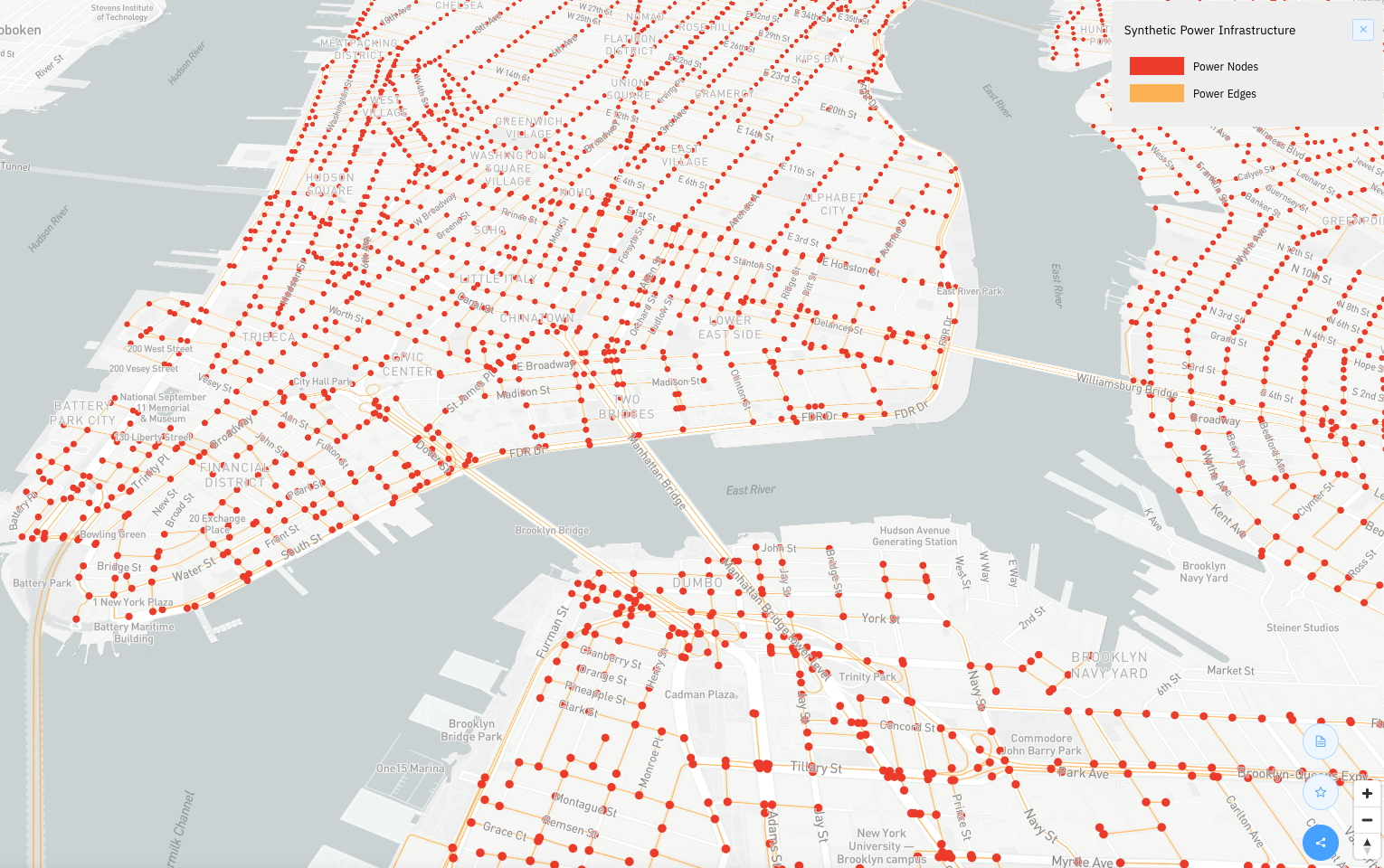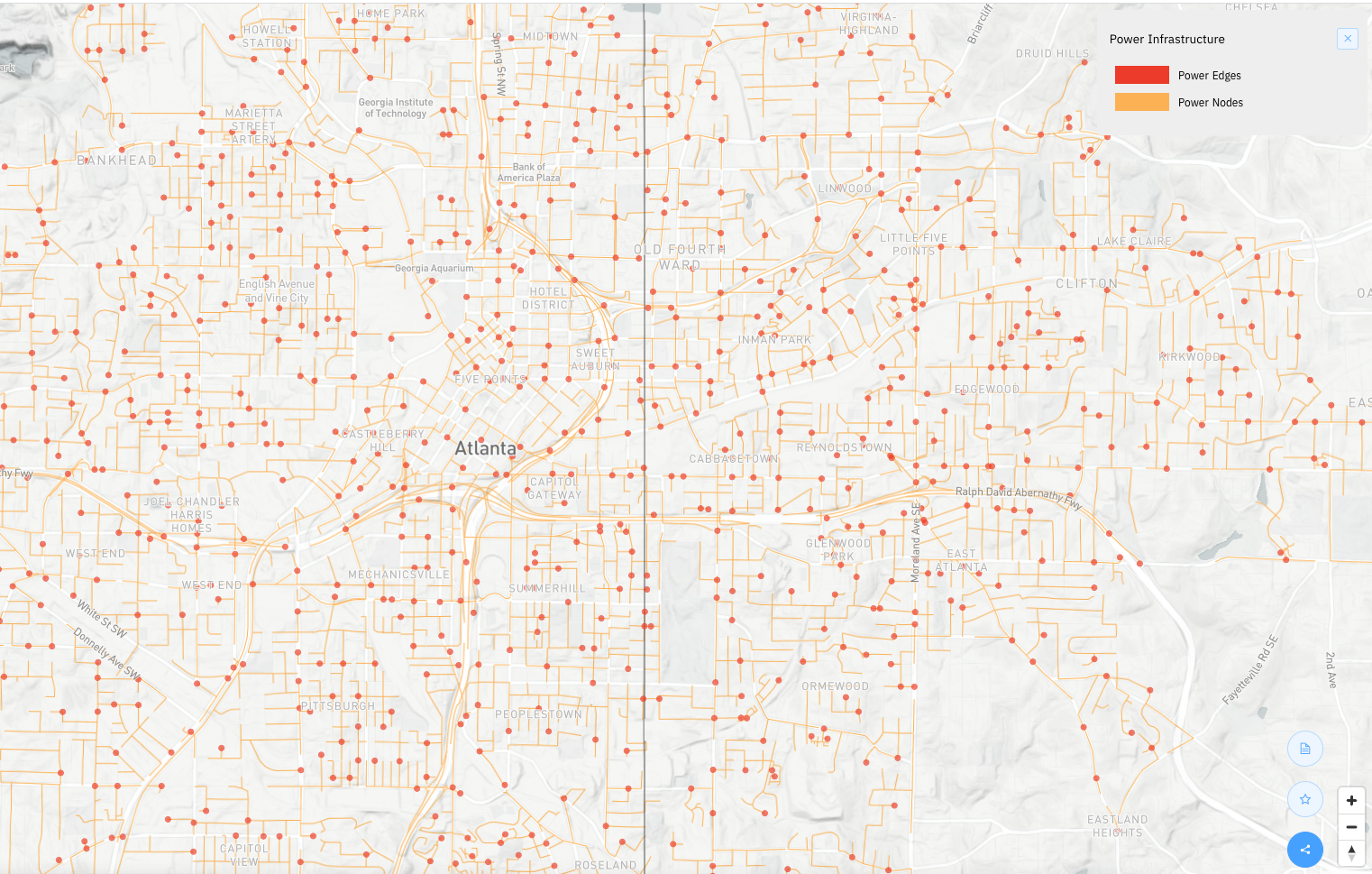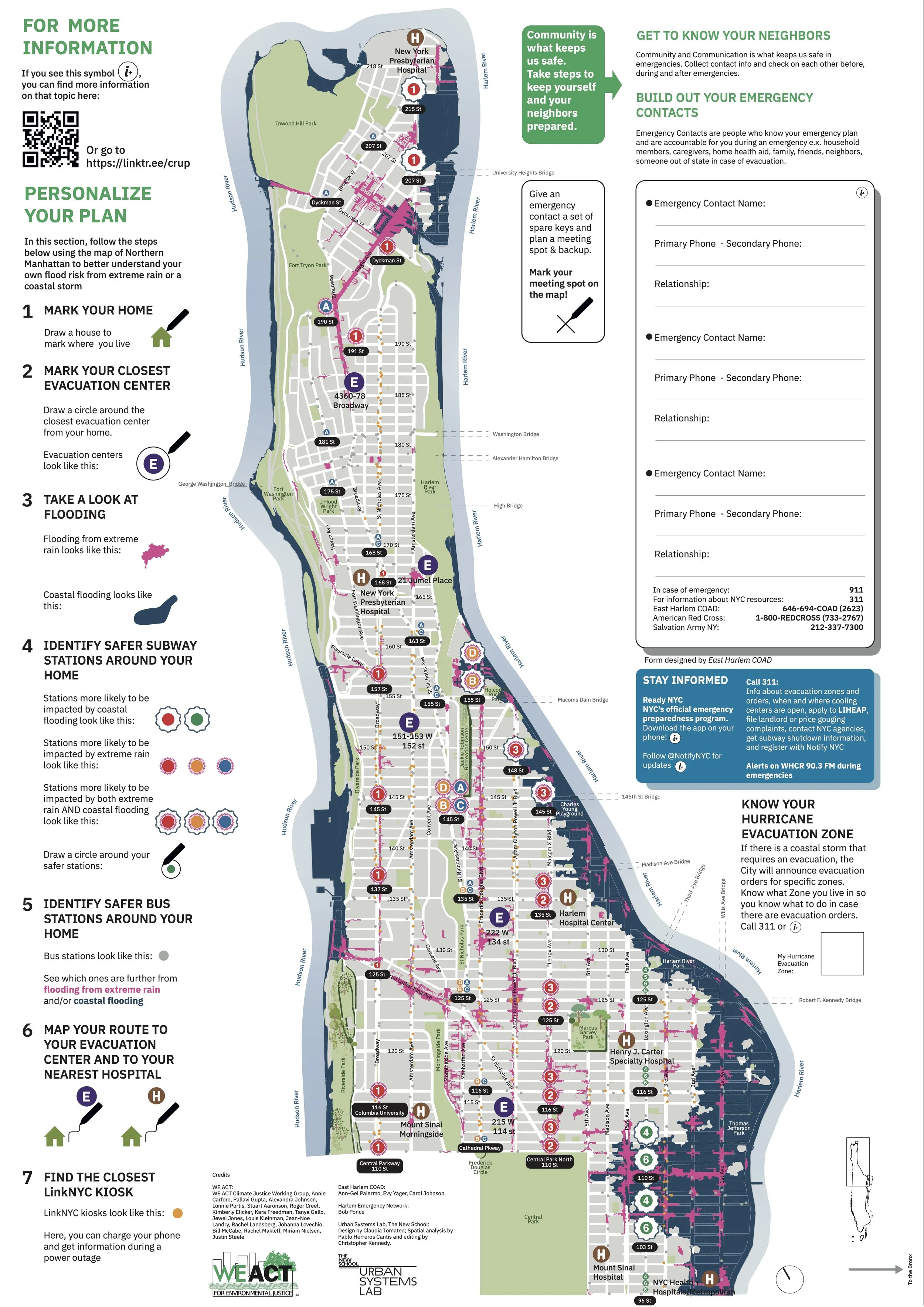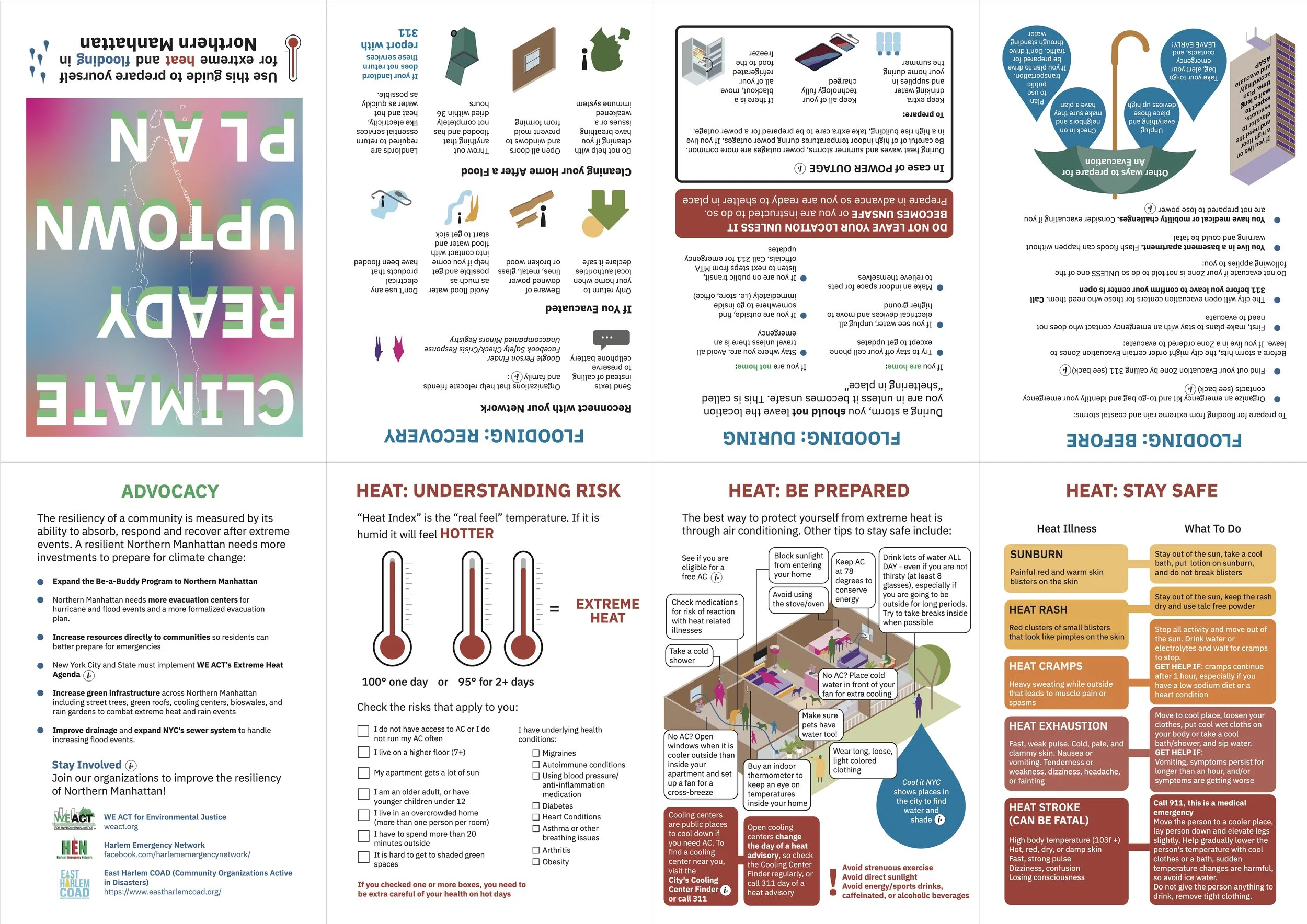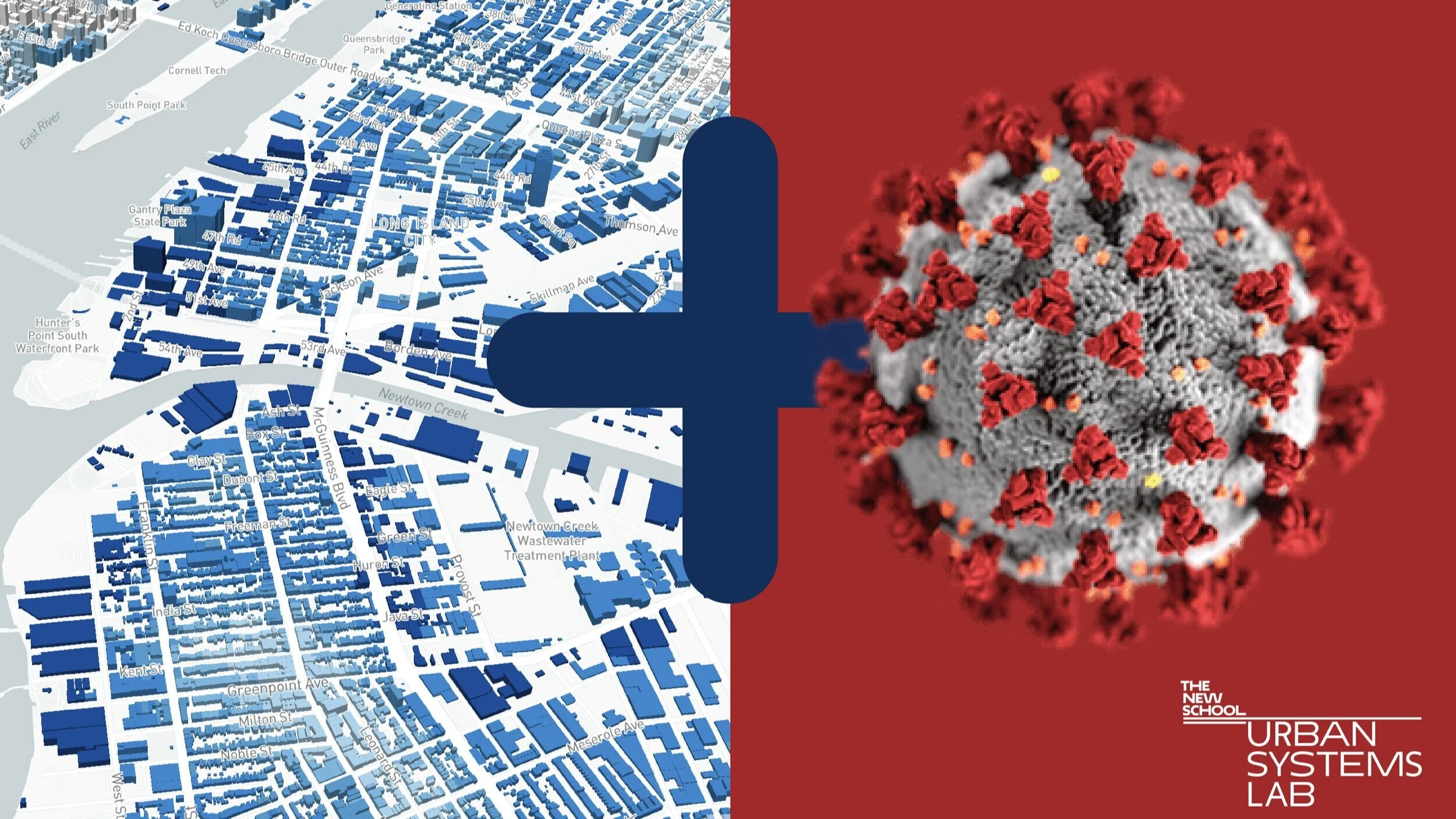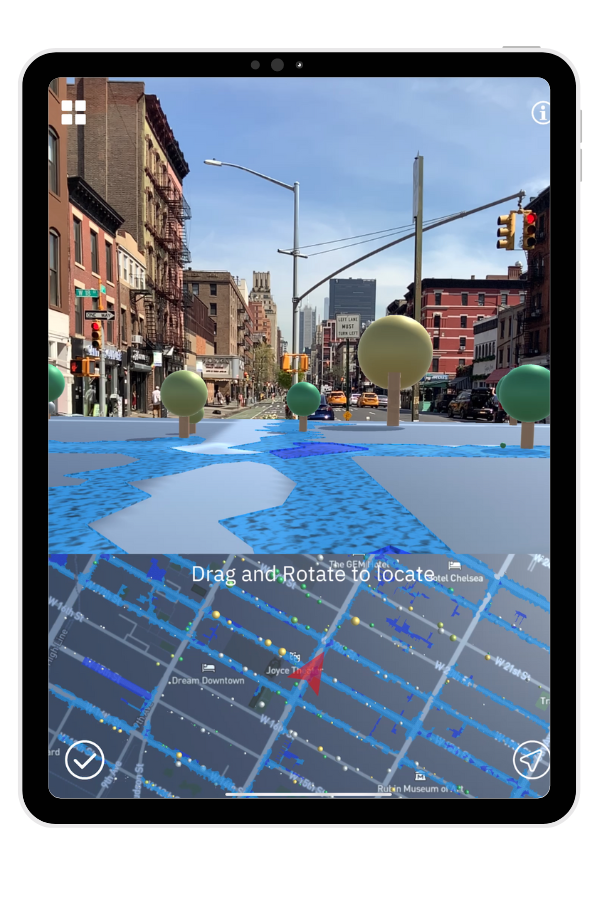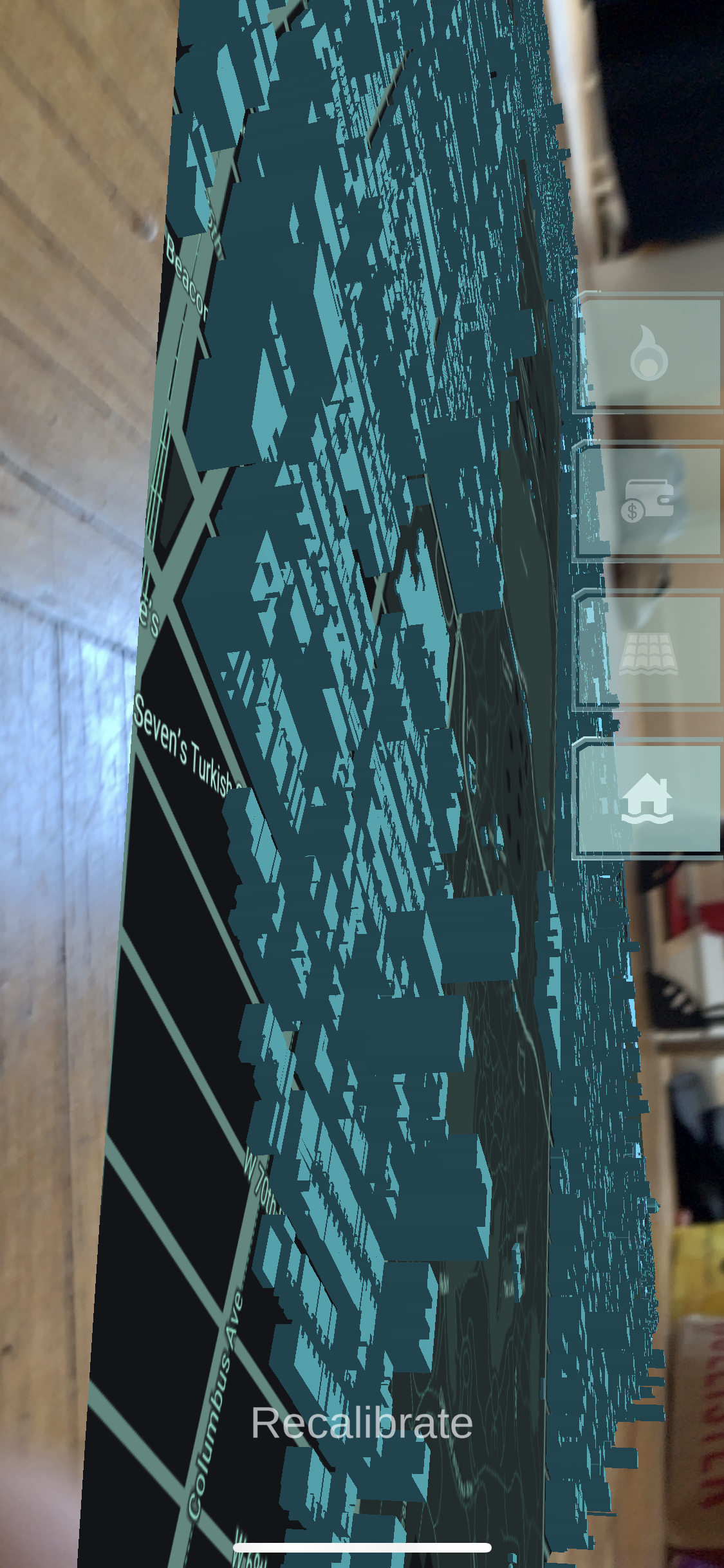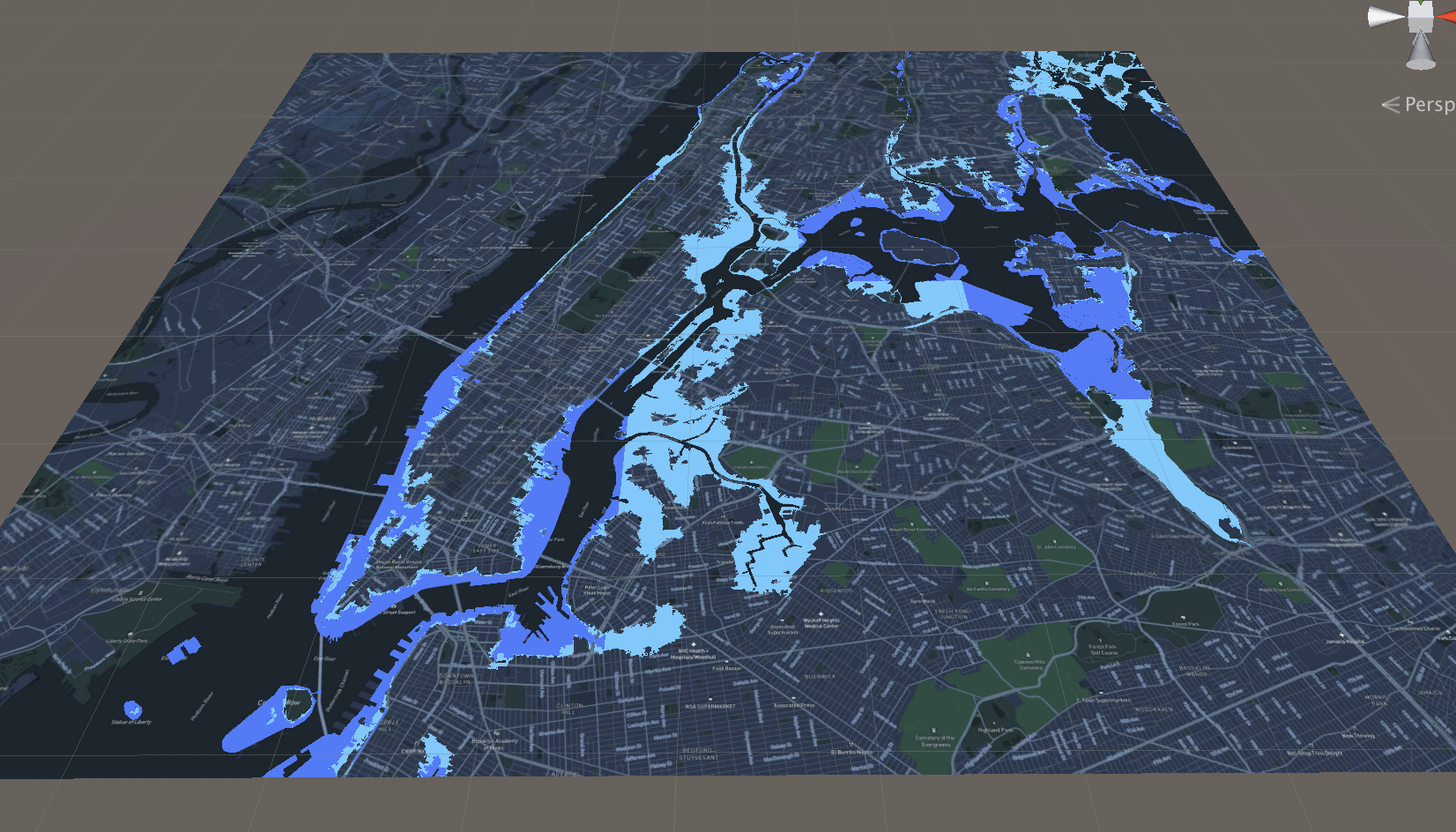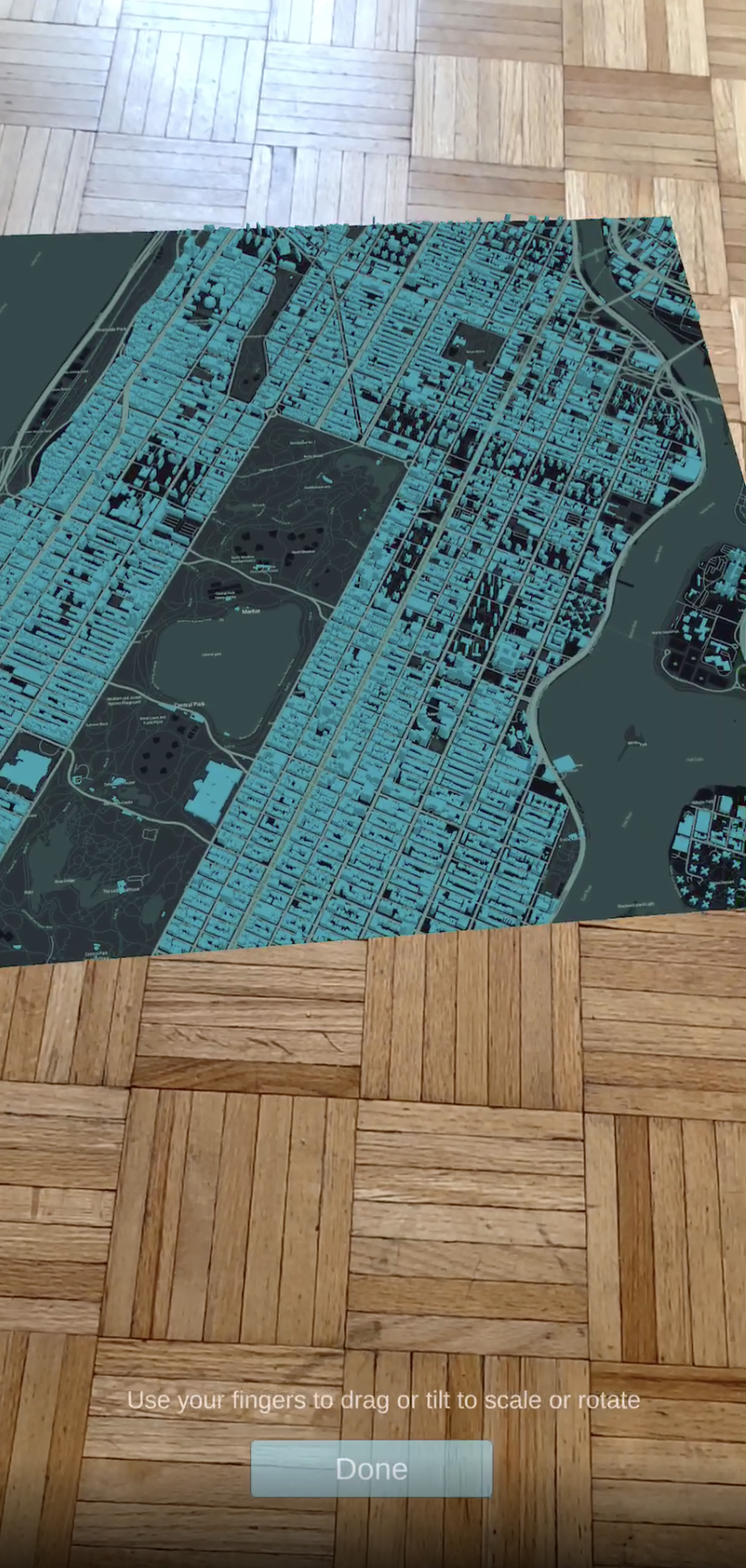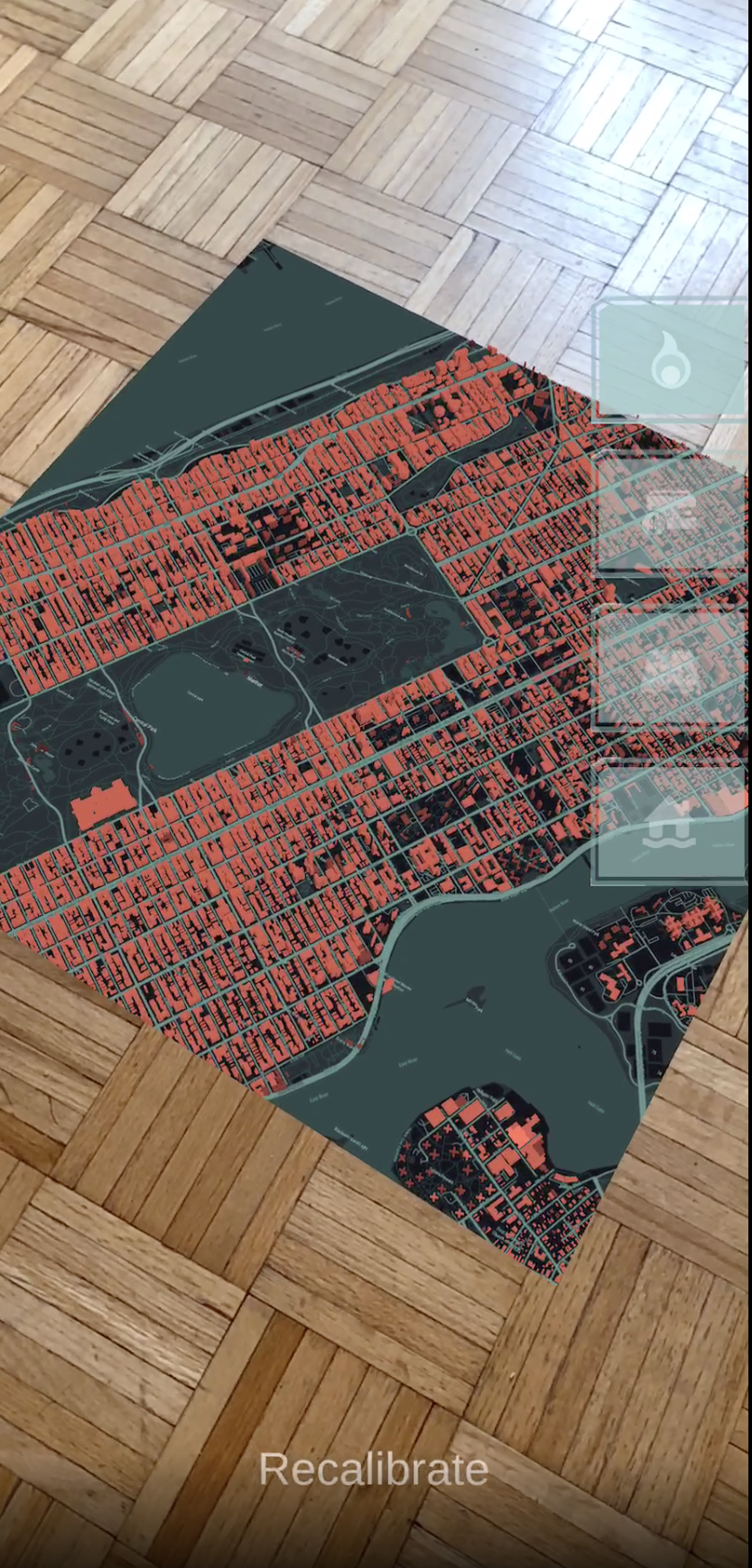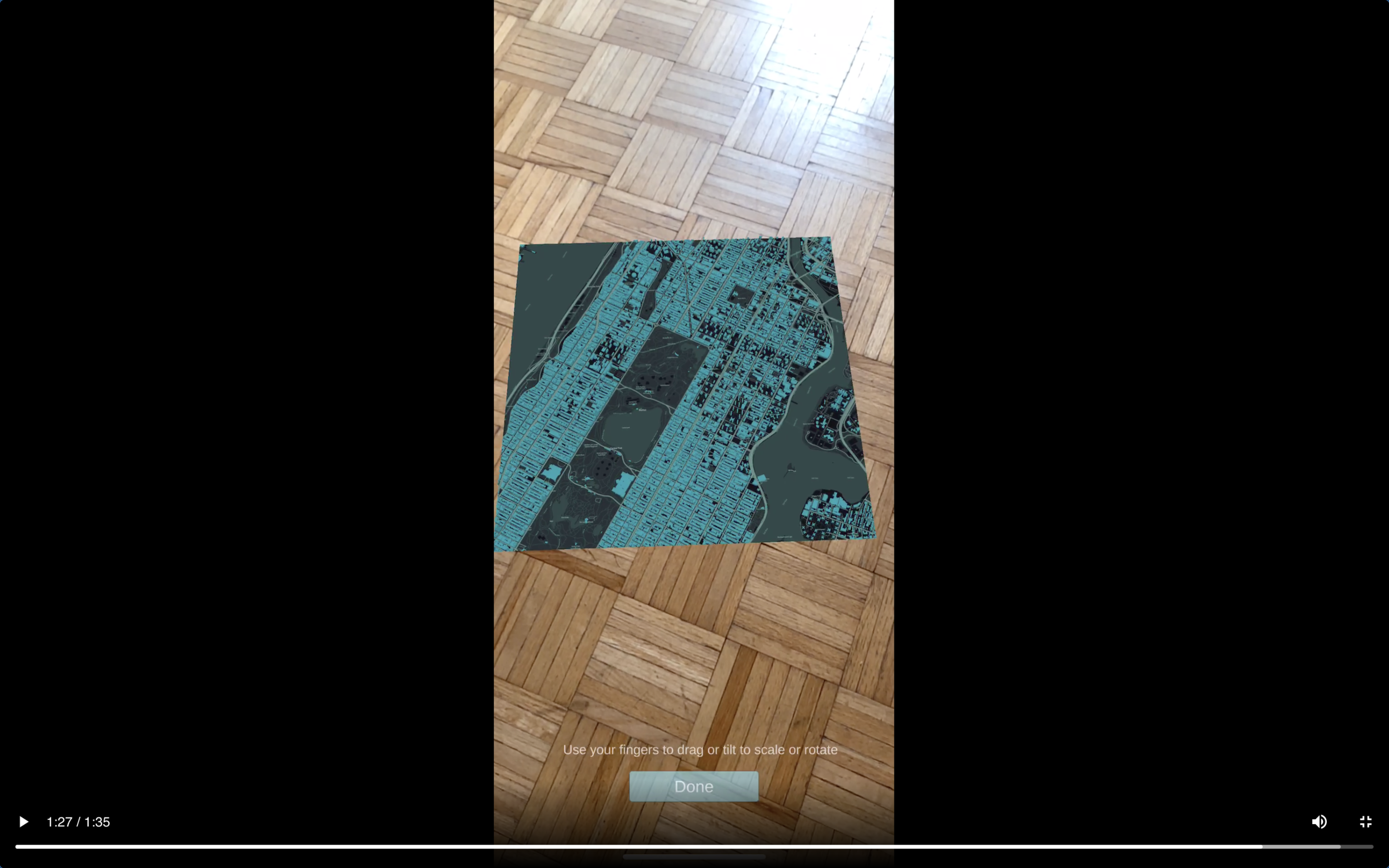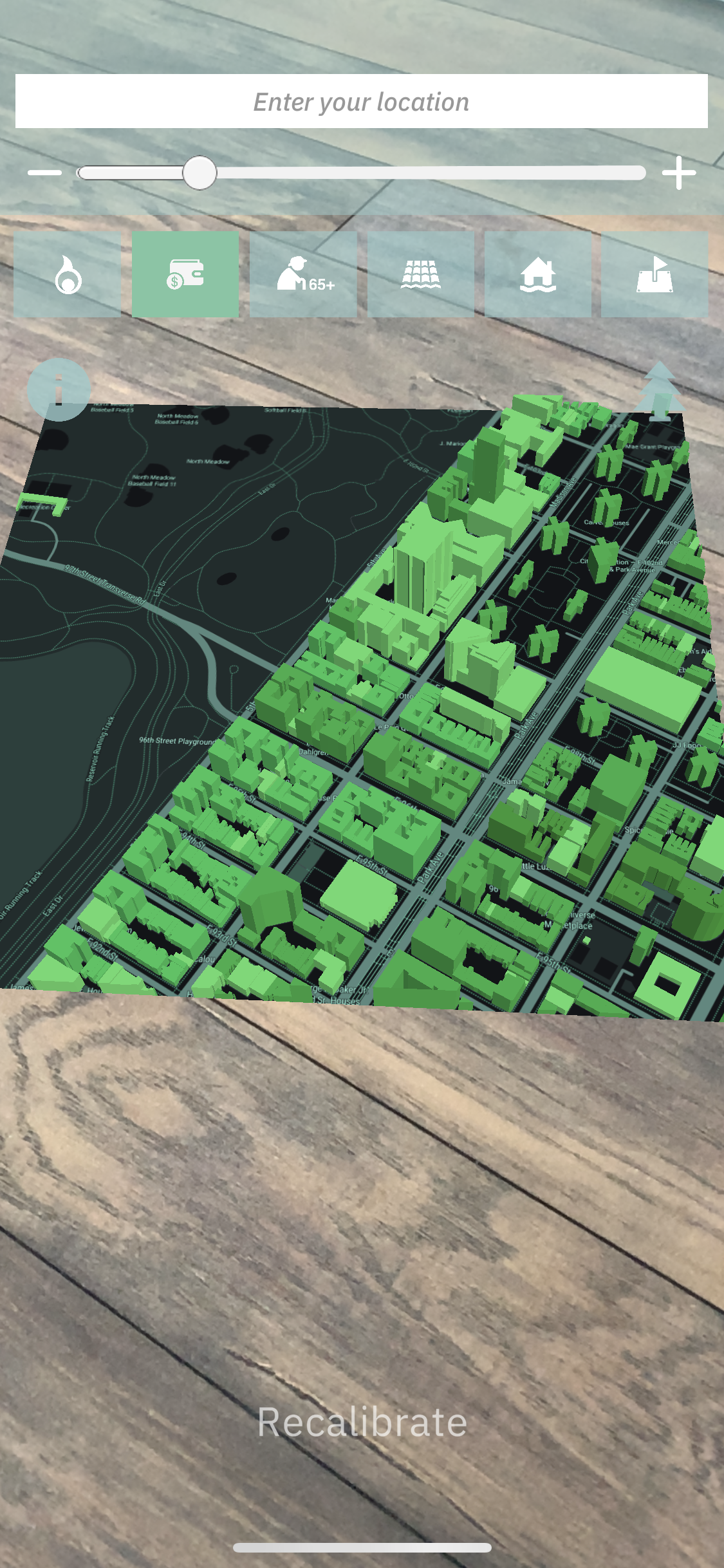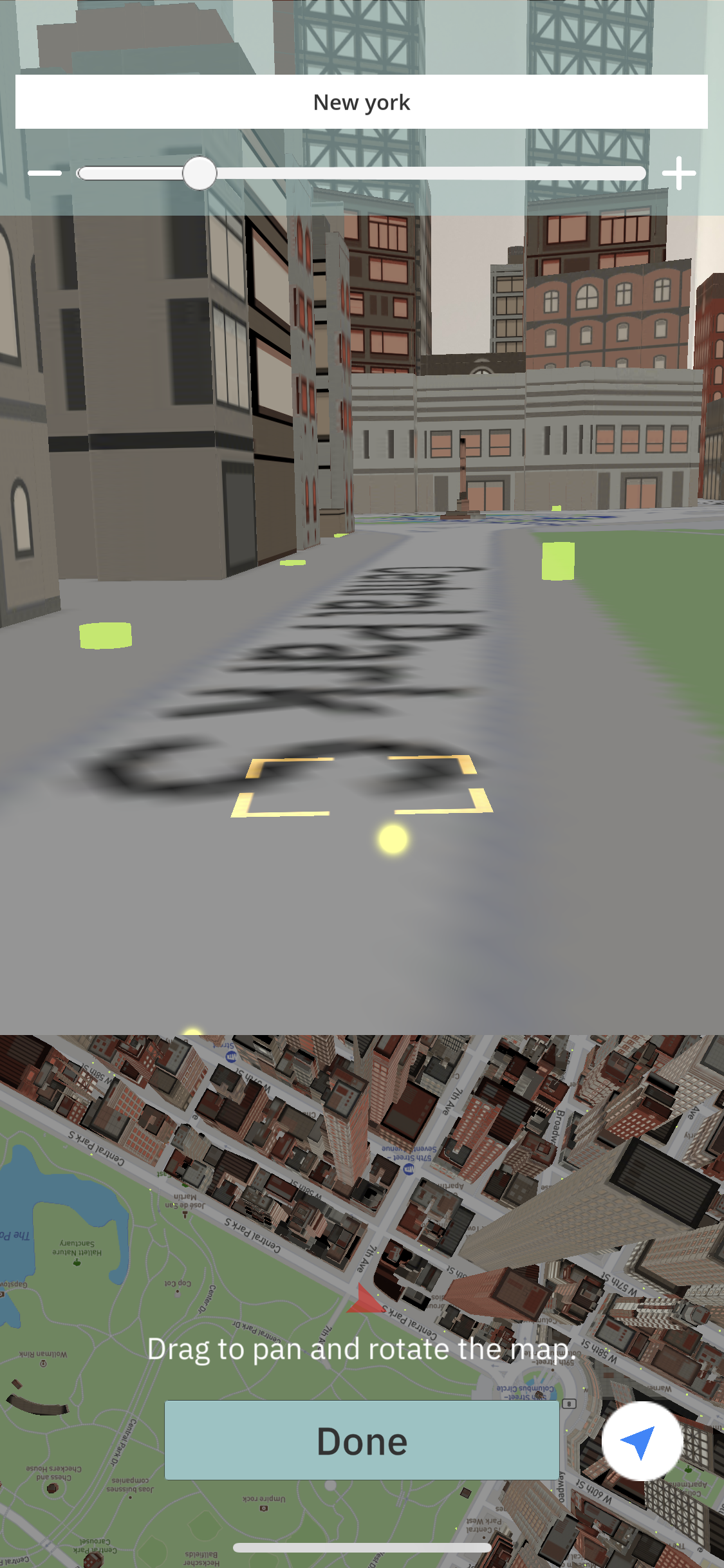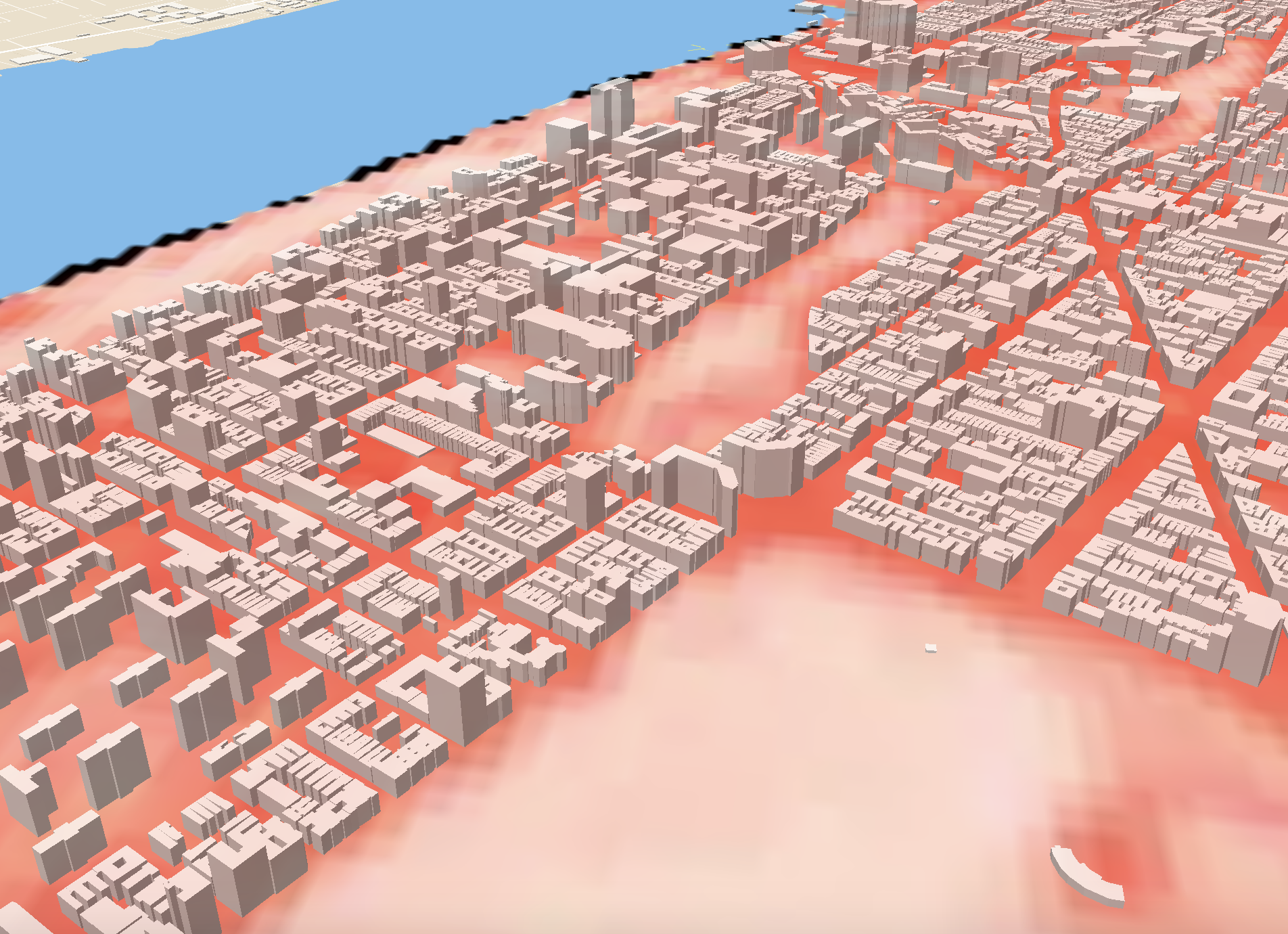AI, People & Planet is a research initiative hosted by the Beijer Institute of Ecological Economics at the Royal Swedish Academy of Sciences, the Princeton Institute for International Regional and Studies at Princeton University, The Urban Systems Lab at The New School and, the Stockholm Resilience Centre at Stockholm University.
The USL is exploring advances in urban data science, availability of real-time data, advanced spatial modeling, machine learning, cloud-based GPU processing, and cutting-edge visualization of urban social and infrastructure systems to ask new questions to be asked about key climate change risks and opportunities to advance adaptation in cities. Our interdisciplinary team includes scientists, planners, NGOs, industry, and other stakeholders working around the world to plan and envision positive urban futures, assessing heat and flood risk, and analyzing nature-based solutions and other strategies for building SETS resilience in cities.

